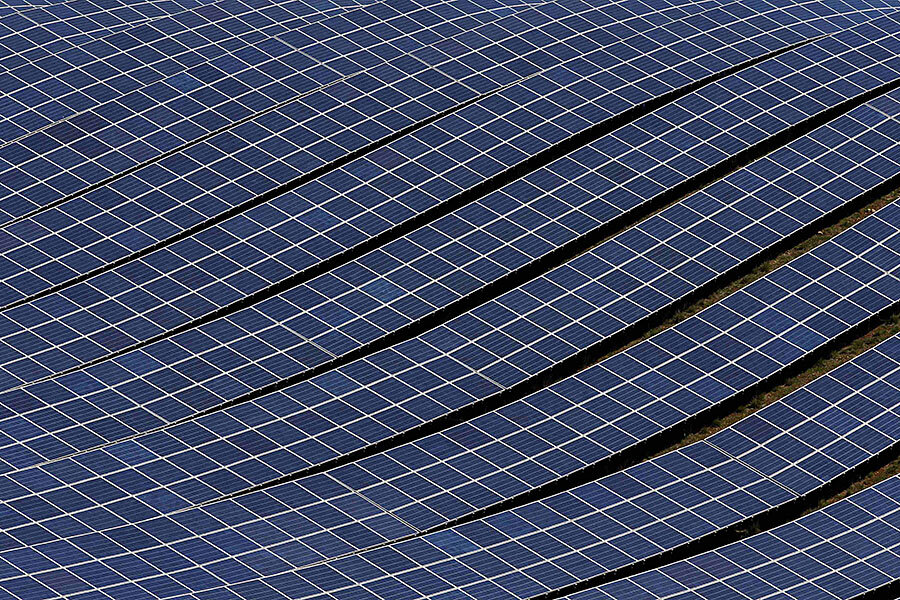How global energy is getting cleaner
Loading...
The world got big news last month when the International Energy Agency reported for the first time in history, annual energy-related CO2 emission stayed flat while the global economy experienced positive growth. So is this the start of a serious movement to decarbonize the economy? And can we thereby halt runaway climate change and avoid almost unimaginable damage to this country—and indeed the whole Earth?
Before peering into the future, let’s examine how economic growth continued in 2014 while carbon emissions remained flat. Four factors are at work: First, and most important, the world used energy more efficiently. Second, on the supply side, the power sector substituted fossil fuels with renewable energy with amazing speed. Third, America’s natural gas boom helped shut down older coal plants. Fourth, China saw the beginnings of structural economic change away from a massive industrial base toward a service economy, which requires much less energy.
Each of these factors played a part, and they give us big hints about what else we can do.
Efficiency cutting energy demand…
Energy efficiency may not be the most exciting topic, but it has some world-saving magic to it. Today, you can buy an LED light using only 20 percent as much energy as an old incandescent. The bulb has no flicker, can come in different colors, and lasts essentially forever. Best of all, as an investment, LEDs have an annual rate of return above 30 percent.
That’s just lighting: Super-efficient buildings cut energy use by 80 percent or more and are trending toward “zero net-energy” buildings that produce more electricity with solar panels than they consume. Engineers at the International Council on Clean Transportation have produced a detailed technical roadmap to double the fuel efficiency of heavy-duty trucks. Throw in the Internet of things which helps complex systems reduce waste, and new apps like UberPool to reduce driving, and it becomes quite possible to double the fuel efficiency of the U.S. economy and quadruple that of China’s without any heroics.
…As energy supplies get cleaner
Now consider our power supplies. Several countries and U.S. states have taken renewable energy seriously, driving down the price of solar and wind at mind-blowing rates: Solar panel prices have fallen 80 percent in the last five years, and wind almost 60 percent, making alternative energy sources cheaper than new fossil fuel generation in many cases. And as proven in California, Colorado, Germany, Denmark, and other places, these renewable energy sources can rapidly integrate onto the grid. Nearly 30 percent of Germany’s electricity comes from renewables, up from just 10 percent a decade ago.
California’s Governor Jerry Brown has called for 50 percent renewables by 2030, which a National Renewable Energy Laboratory study has proven possible without any extra costs or reliability worries.
So the holy grail of affordable clean energy is now with us, as well as a wealth of new technologies to reduce energy waste. Combined, this is the answer to climate change.
What about natural gas, which fracking has made cheap and plentiful? When burned, natural gas emits only half as much carbon as coal. But unburned gas (methane) is a potent greenhouse gas, and if just three percent or so leaks—anywhere in the system, from drilling and extraction to transportation and distribution—then gas is as harmful as coal.
Realistic climate ambitions in China?
Finally, the great question of China, the world’s largest CO2 emitter, remains unanswered. In the last two years, China’s leaders have highlighted the imperative to reduce air pollution and climate change. “We are going to punish, with an iron fist, any violators who destroy the environment, with no exceptions,” proclaimed Chinese President Xi Jinping at a National People’s Congress meeting in early March.
Is this real? China is a complex place, with an enormous industrial base, innumerable coal-burning power plants, and a deep environmental crisis. But it has also become a leader in clean technology. Last year, China spent $90 billion on renewable energy, well ahead of the United States. Over the last eight years, it has increased the energy efficiency of its economy faster than any nation on Earth.
The real test will come in China’s next five-year plan (2016-2020), currently being drafted. If it contains tougher building codes, stronger carbon targets for provinces, and a serious and ongoing commitment to solar and wind, China has a real chance to peak—then reduce—its CO2 emissions within the next decade. We need to watch that plan, and see that it is backed up by strict enforcement. Having worked in China on energy policy over the last 15 years, I believe they are indeed serious, and the next commitments will be reassuring.
A cleaner future – with the right steps
So can we prevent runaway climate change or is it too late? Do we have to rely on the cumbersome UN process, or will this get done by leading states and countries? Decarbonization trends and new technologies indicate we can land at a reasonable climate future, with very modest costs, and profound benefits.
Of course, we won’t automatically arrive at that clean future: It requires states (where the U.S. actually makes most energy policy) to smartly phase out dirty coal power plants and accelerate the adoption of wind and solar. It requires them to take the new EPA standards of CO2 from power plants seriously. Writ large, it requires the biggest 20 or so nations in the world to quit subsidizing fossil fuels and adopt smart policy to reduce energy waste and switch to clean supplies. The latest data confirms this path works – and the stakes couldn’t be higher.
Hal Harvey is CEO of Energy Innovation, a clean-energy policy and technology think tank based in San Francisco.







